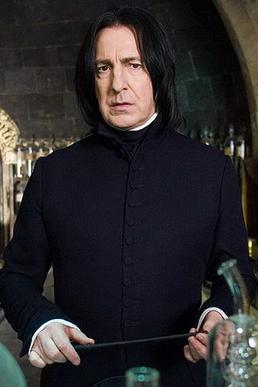Paulina in “The Winter’s Tale” and Edmund in “King Lear” have
very similar characteristics. They both
have a way of planting ideas into others’ heads and yet acting as if they are
not doing that. It was so interesting to
have just discussed this in class and then to see Edmund doing the exact same
thing in Act 1 Scene 2. In Edmund’s
conversation with his father in relation to the letter that he wrote to frame
his brother Edgar, Edmund takes the role of standing up for his brother when he
is in fact setting his brother up. Then we
see a little later that Edmund is praised for having been the means of
revealing his brother’s treachery. This
is just like Paulina when she shows the statue of Hermoine. Her words sound like she is convincing the
king it is just a statue but also suggesting to him that it could really be
Hermoine. So when Hermoine does come to
life, it seems like it is all thanks to Paulina for making that happen. We know that Edmund is a bad guy, yet we see
Paulina as a good person, somewhat suggesting that being a smooth talker can
both be a virtue and a vice.
We also see this with
Cordelia’s lack of voicing her love extravagantly for her father. When she does so, she feels as
if that is a virtue whereas her father feels it is a vice. I think this is one thing that Shakespeare
does successfully, which is demonstrating the duality of virtues and vices,
making us ask what makes someone actually good and actually bad?
Is he good? Or bad?

Excellent photo. I got the gist of your blog post once I looked at it. :) I love how Shakespeare brings up the idea that morals are relative, flexible sometimes. I think, ultimately, in the case of Paulina vs. Edmund, the intentions (kind or malicious) are what set them apart from virtue and vice.
ReplyDeleteGreat point! I hadn't thought of that, but now that you point it out I wonder where else Shakespeare has done things like that. I'm positive that he has. It seems that Shakespeare wants us to believe that a person can be good or bad, while having the same traits as someone who is their opposite. This is interesting because that seems to be such a contemporary decision. Old tales always have an obvious bad or good guy. It hasn't been until these more modern times that this duality happens.
ReplyDelete